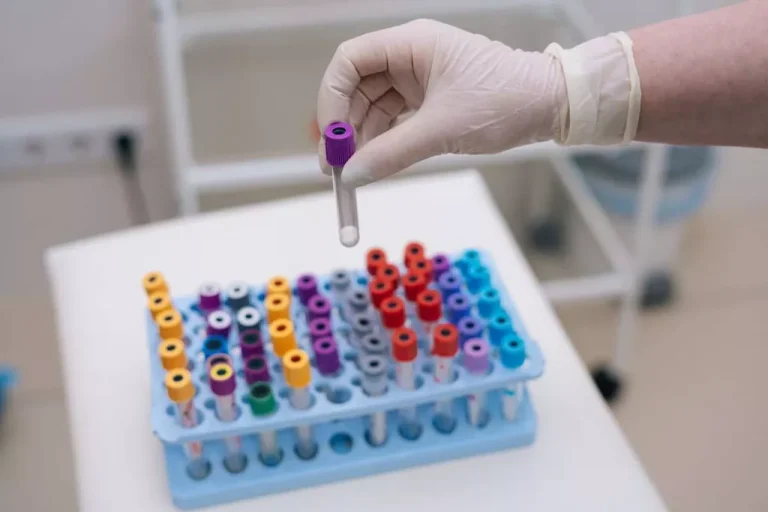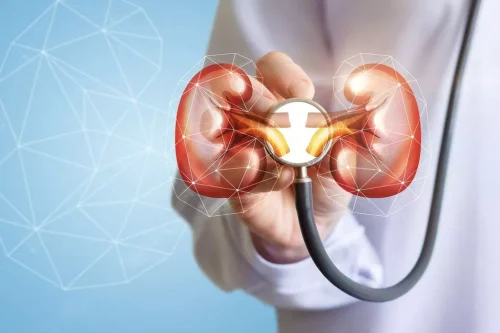
However, alcohol use impairs coordination, reaction time, decision-making and vision—all of which increase the risk of adverse events, such as car accidents and death. A recent study that looked at 15 years of U.S. crash data found that about 15% of alcohol-related motor vehicle fatalities involve drivers with a BAC below 0.08%. In more than half of incidents where this occurred, the drinking driver was not the one who died (8).

How can I drink safely and responsibly?

Treatment providers can connect you with programs that provide the tools to help you get and stay sober. For more information about alcohol treatment, speak with a treatment provider today. Alcohol consumption can put anyone at risk of causing an accident or other serious injury. However, some populations are more likely to get behind the wheel of a car after drinking.
Self-Reported Drinking and Driving

As many as 44 percent of people killed in crashes involving drinking drivers are people other than the drinking driver. Despite reductions in alcohol-related traffic fatalities since the early 1980s, alcohol remained a factor in 41 percent of the traffic deaths recorded in the United States in 2002. Road traffic crashes are a major source of injury, disability and death throughout the world and road traffic injuries are the leading cause of death among people aged years.
- In this context, it is easy to overlook or discount the health and social damage caused or contributed to by drinking.
- Alcohol-related accidents accounted for nearly one-third of all traffic-related deaths.
- According to Science Daily, even small amounts of alcohol can slow down reaction time enough to make driving dangerous.
Alcohol Awareness Month
Labrador West chapter vice-president Josephine Gaulton-Rowe told CBC News she lost two sisters to a drunk driver, and said there are no signs of impaired driving statistics lowering in the region. In Minnesota, both speed and DWIs are the leading cause of traffic fatalities. So far, 94 deaths have been tied to speed, with 80 deaths tied to alcohol. Many driving fatalities are the result of distraction, speeding, weather conditions and animals—as well as many other factors. For some drivers, it feels humiliating to have to appear in public to answer charges of driving drunk. If you are arrested on suspicion of drunk driving, you will be placed into a police vehicle and taken to the nearest police station or jail, where you’ll be photographed and fingerprinted.
- The percentage of drivers under age 21 who had BACs of 0.10 or higher fell from 4.1 to 0.3 percent, representing the greatest proportional decline for any age group.
- The risks increase largely in a dose-dependent manner with the volume of alcohol consumed and with frequency of drinking, and exponentially with the amount consumed on a single occasion.
- The consumption of alcohol significantly elevates the chance of a crash due to the reduced ability to pay attention to the road.
- Among White drivers, the proportion with positive BACs declined from 5.1 to 2.3 percent.
What Happens When You Get a DUI
Substantial issues with visual and auditory processing set in at a BAC of .15%, or around seven alcoholic drinks. Perception is impaired after four drinks, when you have a BAC of .08%. Impaired perception makes it challenging to accurately judge distance and speed. If you purchase a product or register for an account through a link on our site, we may receive compensation. By using this site, you consent to our User Agreement and agree that your clicks, interactions, and personal information may be collected, recorded, and/or stored by us and social media and other third-party partners in accordance with our Privacy Policy. Inside Goodsell’s car, police found a bottle of whiskey, a beer can, two mini alcohol bottles, marijuana and a pipe, prosecutors said.
Healthdirect Free Australian health advice you can count on.
Census Bureau, 83 percent of the U.S. population was White, 13 percent was African American, 1 percent was Native American, 3 percent was AAPI, and 10 percent was Hispanic. A national survey conducted in 1999 revealed that only 30 percent of adults age 16 and older believed it at least somewhat likely that if they drove after drinking too much they would be stopped by the police, arrested, and convicted. Only 2 percent believed it almost certain that all those things would happen.

Drinking and driving, also referred to as driving under the influence (DUI), involves operating a vehicle with a blood alcohol content (BAC) of at least 0.08%. Getting behind the wheel after having even just a few drinks can prove to be dangerous to yourself, pedestrians, and other drivers. In 2014, 1,511 passengers who were riding with an alcohol-impaired driver died as a result of a car accident.6 This figure amounts to 15% of the overall deaths caused by drunk driving.
- However, alcohol affects these skills, putting yourself and others in danger.
- This can result in pancreatitis (inflammation and swelling of the pancreas).
This study examined alcohol test results of drivers killed in single-vehicle fatal crashes and compared these results with breath alcohol samples provided by 2,850 drivers stopped in the same States as part of a national roadside survey of drivers. To match driver fatalities to the roadside breath-testing exposure, the crash times, days, and roadway types were restricted to those used in the survey of drivers. The study consequences of driving drunk include: found that, for all age and gender groupings, the likelihood of being a fatally injured driver was at least 9 times greater at BACs of 0.05 to 0.09 percent than at zero BAC. For each 0.02 percent increase in BAC, the fatal crash risk increased even more for drivers under age 21 and for female drivers. In the United States, roughly 28 people die every day in motor vehicle crashes that involve an alcohol-impaired driver.
Dangers & Risks of Drunk Driving

If you drive while impaired, you could get arrested, or worse — be involved in a traffic crash that causes serious injury or death. Alcohol consumption hinders sound decision-making, leading individuals to take actions they wouldn’t normally consider if they were sober. Despite the known danger, many still choose to drive under the influence, ignoring the risks, as their thoughts are clouded by alcohol.
Among women, 3,910 deaths were recorded in 2002, a 33-percent reduction. However, there have been greater proportional declines in the numbers of male drivers in alcohol-related fatal crashes. Since 1982 the number of male drivers in alcohol-related fatal crashes declined 37 percent, from 19,478 to 12,270, whereas the number of female drivers only declined 22 percent, from 2,854 to 2,216. This section examines trends in drinking and driving over approximately the past 20 years. Trends are reported based both on surveys of drivers stopped at random while driving and on records of alcohol-related fatal crashes.